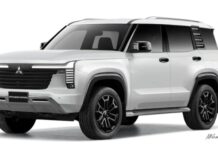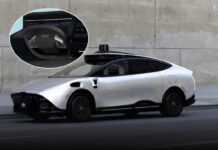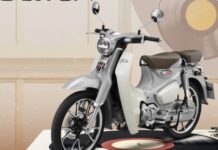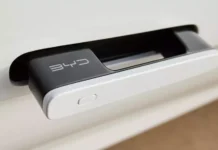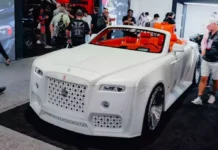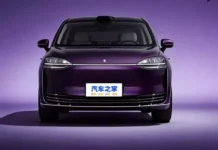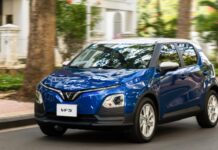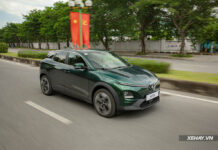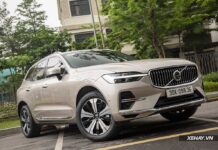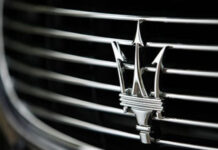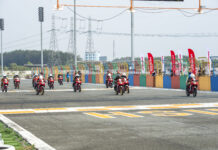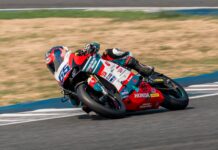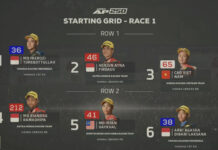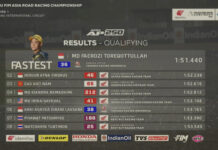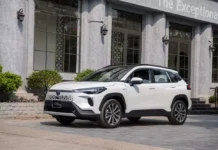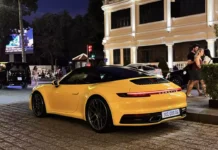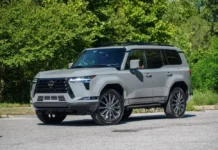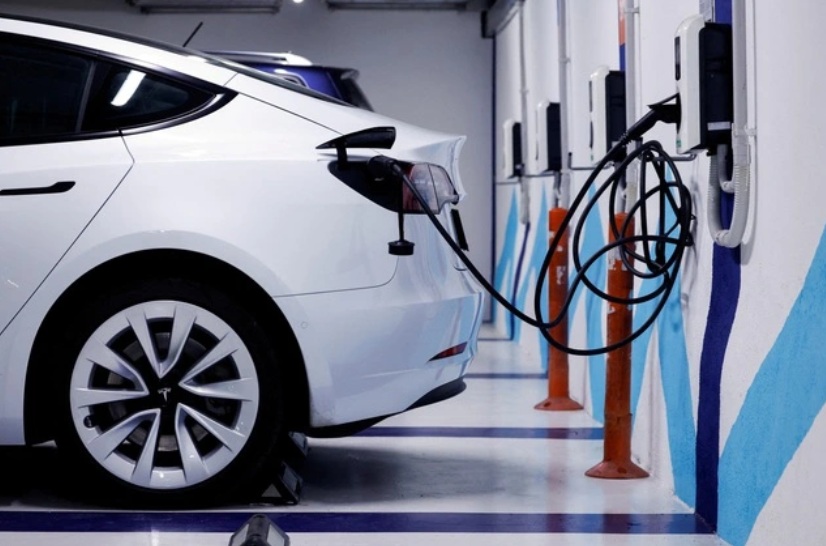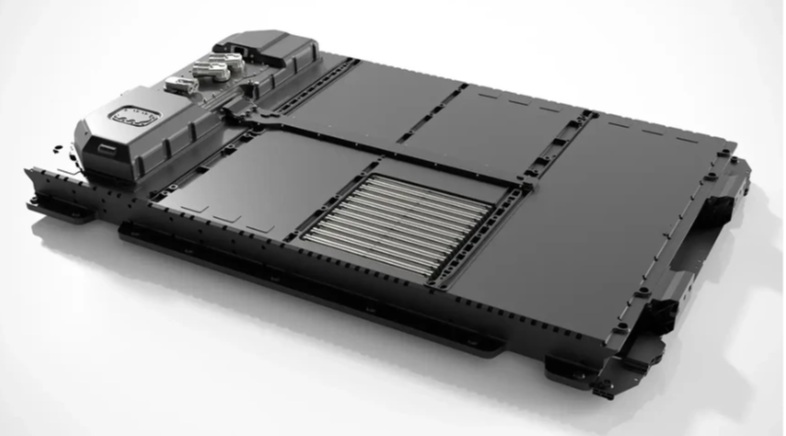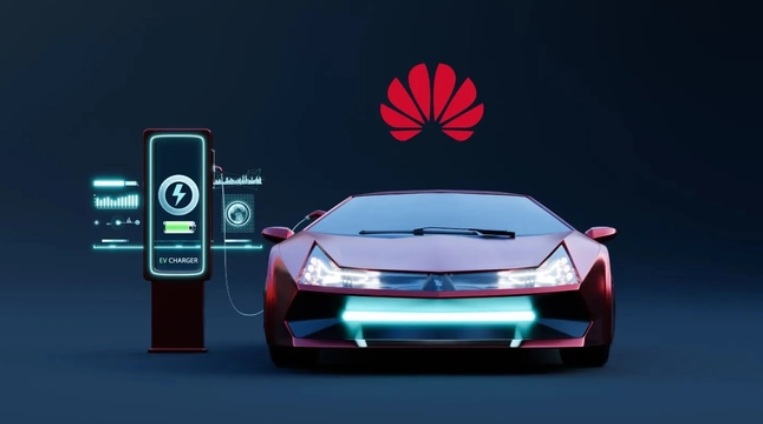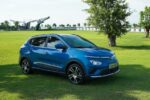Huawei’s Revolutionary Solid-State Battery Technology: A Game-changer for Electric Vehicles
Huawei has recently made a groundbreaking announcement about its development of a new solid-state battery technology. This innovation promises to revolutionize the electric vehicle industry by offering an impressive range of up to 3,000 km on a single charge for a mid-sized electric car.
However, there are some skeptics in the industry who question the practical applicability of this technology in its current stage.
According to Carscoops, Huawei’s new battery technology utilizes nitrogen-doped sulfur cathodes, which help mitigate the side reactions that often lead to a reduction in battery lifespan. With an energy density ranging from 400 to 500 Wh/kg, this battery technology boasts up to three times the capacity of conventional lithium-ion battery cells available in the market today.
Huawei asserts that if this technology were to be implemented in electric vehicles, it could enable a mid-sized sedan to achieve a maximum range of 3,000 km under the CLTC (China’s standard testing cycle), which translates to approximately 2,460 km under the WLTP standard or 2,106 km under the EPA standard. Moreover, the battery can be fully charged in just five minutes, a feat that is unprecedented in today’s market.
Despite these impressive specifications, there are concerns about the commercial viability of this new battery technology. Carscoops points out that only a small fraction of electric vehicle users actually requires a range of several thousand kilometers on a single charge, especially considering the significant advancements in fast-charging technology.
Another factor to consider is the high production cost of these ultra-high-capacity batteries during the initial stages of implementation. This would result in a substantial increase in the price of the vehicles. A battery pack capable of delivering a 3,000-km range would be significantly heavier and more expensive, making the vehicle less appealing to the mass market.
A more feasible approach, according to industry experts, would be to utilize this technology to create smaller and lighter battery packs that still offer a respectable range. For instance, an electric vehicle with a 1,000-km range on a single charge would be more cost-effective, improve operational efficiency, and result in a more attractive price point for consumers.
When solid-state batteries achieve a balance between performance, weight, and cost, electric vehicles will be in a stronger position to compete with their gasoline-powered counterparts in terms of both pricing and practical usability. This will also pave the way for the expansion of charging infrastructure and the sustainable growth of the electric vehicle market.
In this context, Toyota’s goal of developing electric vehicles with a range of around 1,200 km is considered by Carscoops to be the most realistic and well-aligned with current market conditions and consumer behavior.
TH (Tuoitrethudo)
VinFast Inaugurates its State-of-the-Art Electric Vehicle Manufacturing Facility in Ha Tinh
VinFast, a leading automotive manufacturer, has achieved a remarkable feat with the inauguration of its state-of-the-art electric vehicle factory in Ha Tinh, Vietnam. In just under seven months since the project’s inception, VinFast has brought this ambitious endeavor to life, solidifying its position as a trailblazer in the industry.

